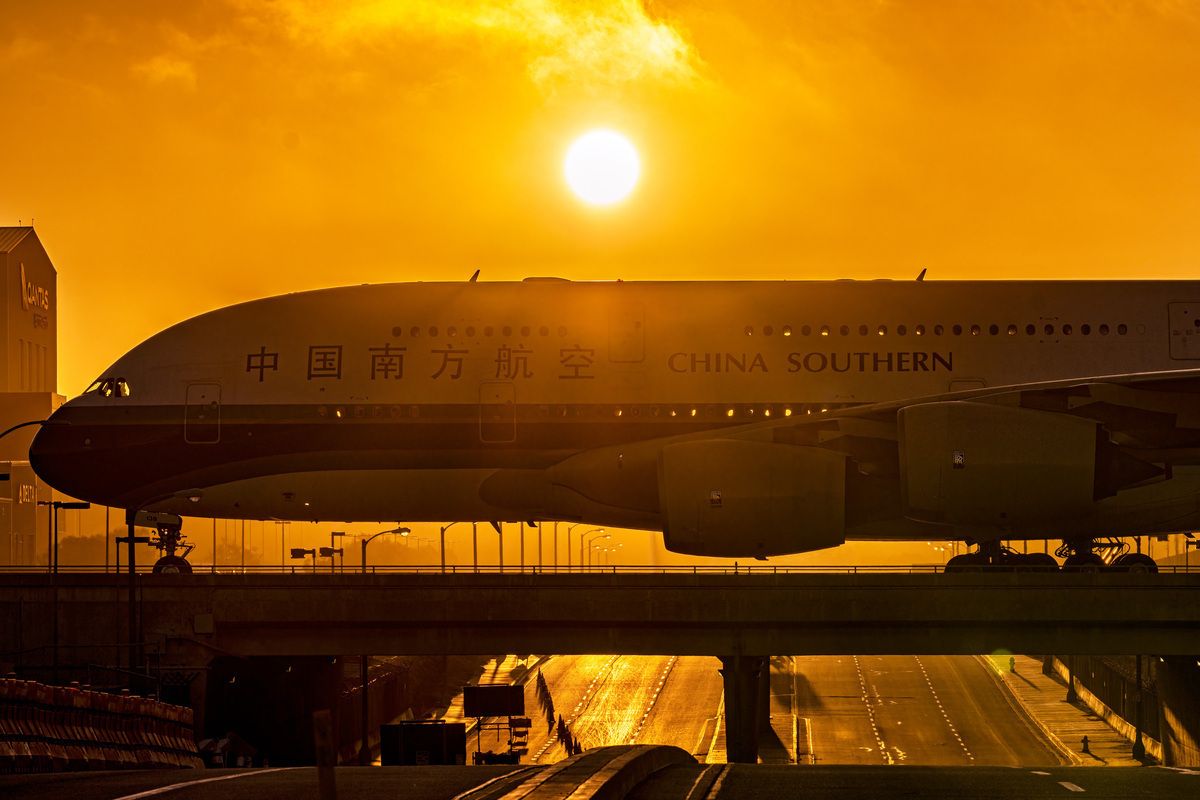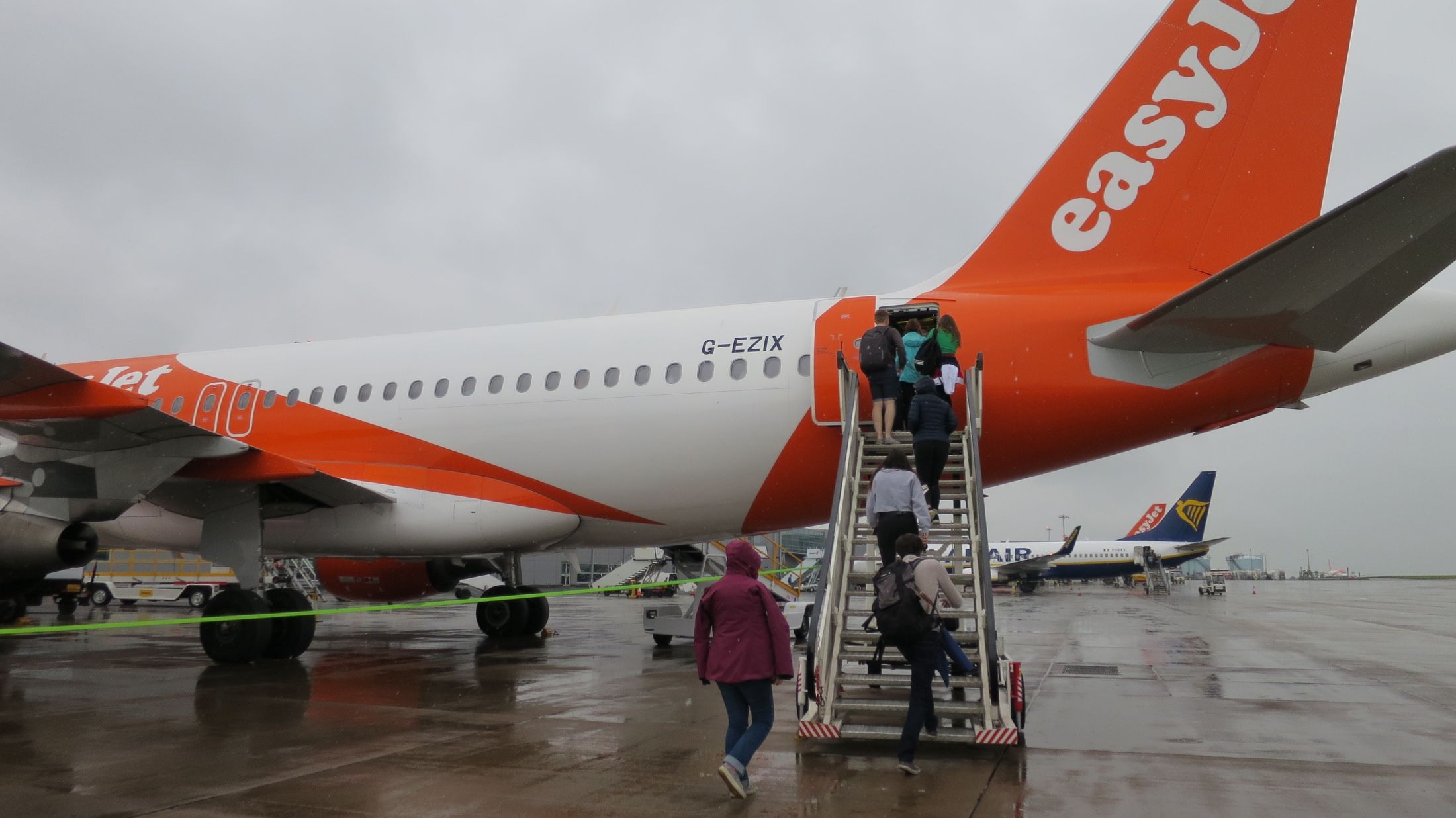The boss of the world’s largest airline trade body has said he believes the industry could return to pre-pandemic levels in 2023, a year earlier than previous forecasts. Willie Walsh, Director General of the International Air Transport Association (IATA), made the comments at an event in Saudi Arabia.
Russia and China woes fail to stop rebound in demand
Walsh said at the event that the industry continued to enjoy growing demand for travel and high bookings after two years of pent-up demand. The IATA Director-General said the pick-up was stronger than expected, even despite the effects of Russia’s invasion of Ukraine and strict controls in China.
International air travel to and from Russia has largely dried up after many countries introduced flight bans following Putin’s invasion of Ukraine. Meanwhile, in China, strict COVID-19 measures have acted as a drag on the entire Asia-Pacific region’s recovery.
Speaking at the conference in Riyadh, Reuters quoted Walsh as saying,
“We’re seeing very strong bookings. Certainly, all the airline CEOs that I’m talking to are seeing not just good demand for year-end travel, but they continue to see demand as they looked through the year.”
He added that:
“I don’t think we should be distracted from the fact that we are seeing a strong recovery, and I think that recovery will gather momentum as we go through the rest of this year into 2023”.
In 2021, overall traveler numbers were 47% of 2019 levels. IATA had originally predicted in February that this would improve to 83% in 2022, 94% in 2023, 103% in 2024, and 111% in 2025.
Storm clouds ahead?
Although a rebound in demand for travel is good news for airlines whose finances were devastated during the pandemic, many have struggled to keep up. Many airlines laid off significant numbers of staff during the crisis, and now labor issues are hindering many recoveries.
It was reported today that UK budget carrier easyJet would be removing the last row of seats from around half of its Airbus A319 jets to reduce crewing requirements. According to The Air Navigation Order 2016, one crew member is required for every 50 passengers. By removing six of its 156 seats, easyJet will be able to operate the aircraft with just three crew instead of the usual four. Other carriers, such as British Airways, have been canceling select flights in an attempt to minimize disruption.
However, it’s not just staffing issues that are threatening the sector’s recovery. Rising jet fuel costs have already increased the price of fares by around 10%, according to Walsh. According to IATA, jet fuel increased in price from $40 per barrel in 2016 to more than $175 per barrel in May of this year.
Some regions are better prepared than others for rising fuel costs. In Europe, many groups (Lufthansa, IAG, and Air France-KLM) had hedged around 60% of their fuel at prices much lower than those seen in recent weeks. In contrast, the big three US carriers, American, United, and Delta, were much more aligned and vulnerable to changes in market prices.
Do you think the aviation industry will have recovered to pre-pandemic levels by 2023? Let us know in the comments below.
Source: Reuters

.jpg)

